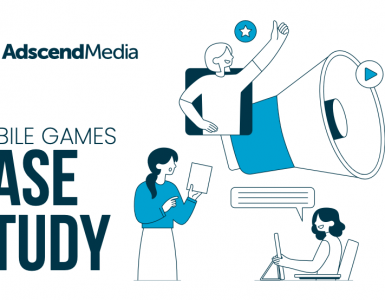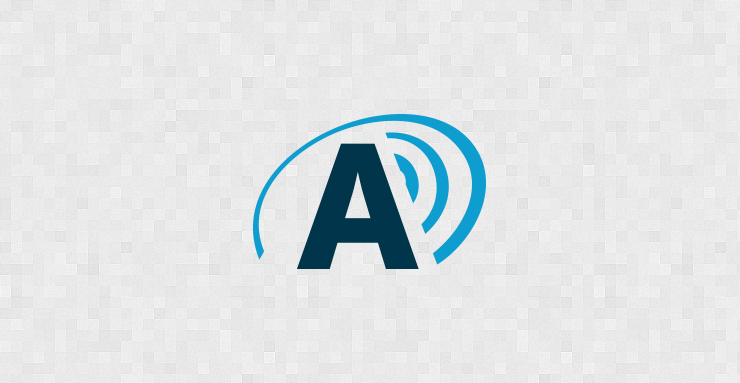Since the Adscend Offer Wall debuted almost two years ago, our web and mobile app publishers have seen incredible results, including eCPMs up to $90 and massive user retention boosts (not to mention the invaluable benefit of letting us handle their user support issues).
Offer walls aren’t just helping our publishers earn more, however. Leading mobile game publisher Kongregate recently released a study that shows that integrating an offer wall into a game can have a substantial financial impact, including the ability to significantly increase revenue from non-paying users. Check out the study below to see why you should integrate an offer wall into your web or mobile game:
 Offerwall Performance Case Study by Kongregate
Offerwall Performance Case Study by Kongregate
Originally Published: MARCH 4TH, 2016, Study Link: Offerwall Performance Case Study
We recently looked at the performance of an Offerwall in one of our mid-core titles and found it’s primarily utilized by non-payers and found a significant boost in the purchase rates of non-payers who engage with an Offerwall with no negative impact to retention or gameplay rates. Generally speaking, it’s almost all additive revenue!
Offerwalls are typically placed in the game store and reward users with hard currency for completing an offer of the user’s choice. Offers can range from simple ‘watch a video’ to things like getting an insurance quote or subscribing to Netflix. The Offerwall rewards are usually tiered based on the complexity of the offer. Game developers set the exchange rate of the offers to an appropriate value of their hard currency.
Player Engagement:
Engagement with the Offerwall averages between 0.5%-1.0% of users. Players engage with more Offerwalls as they age which is a function of those users having reason to visit the store looking for added currency and boosts.
By user type, the majority of engagement with the Offerwall is done by non-payers. 93% of players who engage with the Offerwall (aggregate) are non payers and have not gone on to become payers indicating additive revenue from these users.
Comparing payers of IAP who engage with the Offerwall vs. those who do not, payers who engage with the Offerwall have a 26% higher ARPPU. Payers who engage with the Offerwall also go on to make 19% more purchases than payers who do not. While neither are a directly correlated statistic, the same size is significant enough to suggest a strong causal relationship with only positive impact on the game. Below is ARPPU of payers who do not engage with the Offerwall vs. those who do.
Non spenders who make their first ‘transaction’ via the Offerwall go on to have a buying rate 4.5x that of non payers who do not engage with the Offerwall. This is likely a function of them getting a “taste” of the value of the virtual goods via the Offerwall reward, then coming back later to purchase on their own.
User Experience:
It’s important to remember that Offerwalls are 100% opt-in by users. They typically have to click a button to call up the offers, then select which offer might be appropriate. There is (and should always be) an X-out button so a user can close the Offerwall whenever they desire.
Issue rates with an Offerwall should be less than 1%. Most Offerwall providers do their own customer service and bulk of issues tend to be approved automatically by vendors. Sometimes further investigation is required especially if they appear to be fraudulent attempts to gain a reward. So while there are potential customer service issues, these have to be weighed relative to the value of the added revenue.
Recap:
Offerwalls, if implemented well, can be a significant source of added revenue for a game. Our findings so far are consistent with industry trends and ad network reports. With most interactions coming from non payers it’s a great way to monetize users who might be on the fence about buying IAP.
It’s also important to remember that Offerwall revenue, for now at least, is not subject to platform fees essentially making $1 from an Offerwall 30% more valuable than $1 from an in-app purchase.
We will continue to update these statistics as we gather more data. For questions about this study, or to receive additional information on Offerwalls or in-game ads, please contact mobileads@kongregate.com. For more information on gaming best practices you can follow Kongregate at @KongregateDevs on Twitter or view all recent posts at http://developers.kongregate.com/blog.















[…] to see a case study from Kongregate on our blog about how amazing offer walls are? Check it out: New Kongregate Study: Offer Walls Can Provide Significant In-Game Revenue – Adscend Media Blog PS I think you will add much more to your ARPU than a cent. I would check out our company […]
[…] By giving your users the choice on when to interact with ads, you have already moved past most of traditional in-app pitfalls listed above. Rewarding ad units have also proven to be quite effective, as we have seen US eCPMs as high as $90 and big retention boosts for devs using our Offer Wall. Additionally, by removing price as a factor in making in-app purchases, you are able to monetize the majority of your users who will never make an in-app purchases (which only 5% of users actually do) and actually whet their appetite for more IAPs. […]
[…] By giving your users the choice on when to interact with ads, you have already moved past most of traditional in-app pitfalls listed above. Rewarding ad units have also proven to be quite effective, as we have seen US eCPMs as high as $90 and big retention boosts for devs using our Offer Wall. Additionally, by removing price as a factor in making in-app purchases, you are able to monetize the majority of your users who will never make an in-app purchases (which only 5% of users actually do) and actually whet their appetite for more IAPs. […]